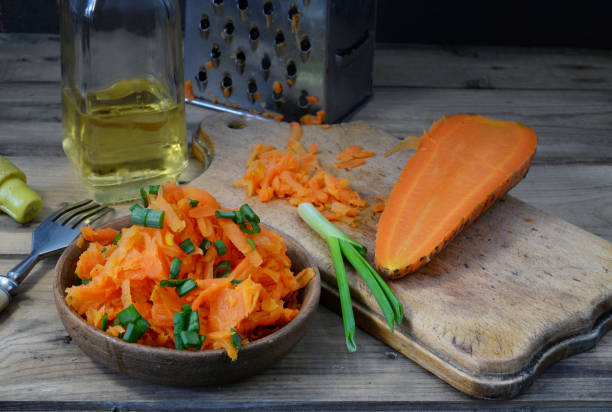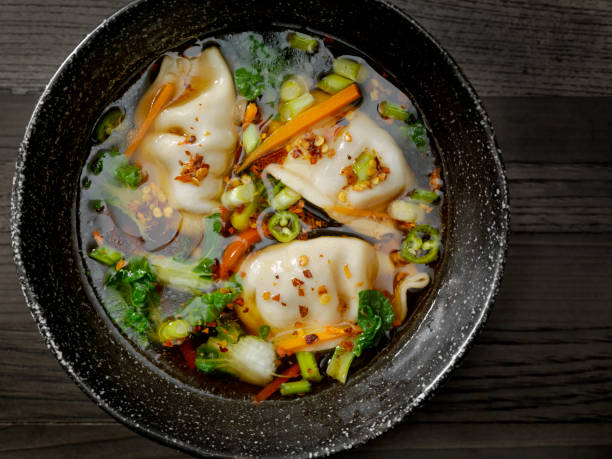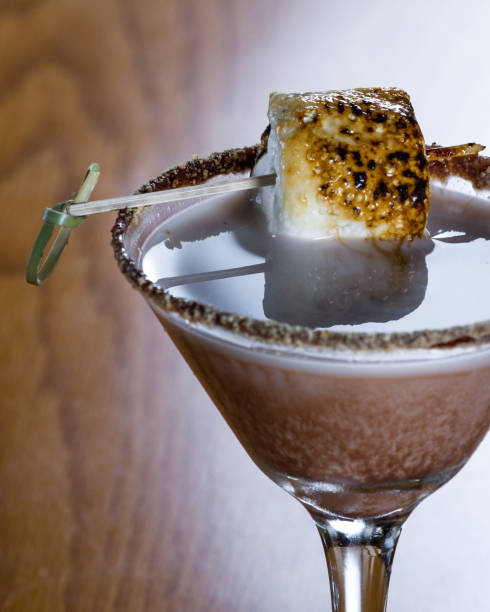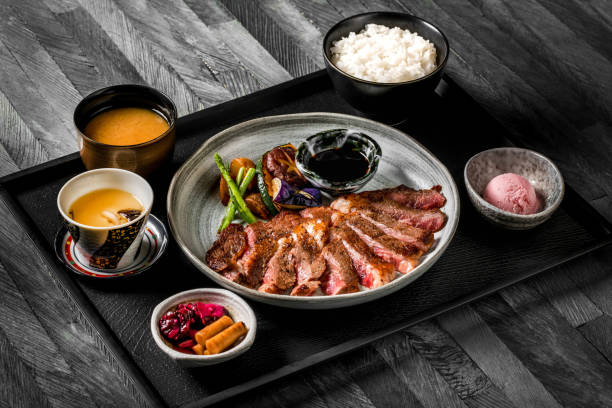There are almost sure to be a few in your crisper drawer. An expert showed us how to use this beautiful root in surprising directions.
I’M EXCITED About carrots. It might seem strange to you: An experienced chef like me, with access to so many exotic ingredients, gets excited about a vegetable everyone has in their crisper drawer. I am obsessed.
Like many other young, enthusiastic chefs, I was drawn to exotic ingredients when I began cooking professionally. I loved foie gras, unusual cuts of meat, and the most disgusting cheeses. In the produce industry, I was drawn to favas and cardoons.
The more I cooked, ate, and learned from farmers, the more simple vegetables appealed to me. I began to see their complexity and pay more attention to the techniques that would bring out their best. Although carrots are everywhere, they can still be just as impressive as vegetables from specialty produce vendors and at a lower price.
A benefit to carrots is that they are available all year round in good condition at grocery stores. These mainstream carrots are available in two forms. Large, non-green-tops, “storage” carrots can be found in bags and loose. I prefer the former because I can choose the best-shaped, appropriate-sized carrots for my recipe. Sometimes, supermarket carrots come in many rainbow colors with frilly green tops. Despite being from a large production operation, they look fresh from the farmers’ market.
Even though carrots may seem unseasonable, their versatility and flavor can be highlighted by following them through different seasons. When mature enough to develop taste but not too long for your hand, spring carrots tend to be tender and juicy. These early carrots are great for salads. Young carrots are great for dipping.
The longer carrots are left in the ground, they taste better, and the carrots get more extensive and dense. Braising and stewing are more suitable for fall carrots. They become velvety tender after long cooking and absorb the flavors from the other ingredients.
It is fantastic to see that mature carrots can sometimes be the sweetest due to frost kissing. Many plants will make defensive moves to keep their water content from freezing, which can cause damage to their cells. Sugar content rises and acts as an antifreeze. This is not just a characteristic of carrots. Other root vegetables, such as artichokes, Brussels sprouts, kale, and cabbages, also have this effect.
After trimming the tops of the carrots, they only require a quick peel. If they are young, a gentle scrub is enough. You can cut your carrot however you like. You can leave the carrots whole or cut them in half lengthwise. This enhances their natural beauty.
Many ingredients can be paired with carrots. While I love a ginger-carrot combination, I also enjoy contrasting its fresh flavor with pungent accents like the anchovies and capers in this salad recipe. The earthy vegetables make a great foil to the richness of the lamb’s meat in my recipe for carrot-lamb stuff. If I need to intensify the sweetness of carrots, I will simmer them in butter, honey, and Marsala wine until the edges are lightly browned and the flavor is infused. This recipe will convince you that such a simple vegetable can be a worthy dinner party ingredient.
Marsala Butter-Braised Carrots
The sweet sweetness of honey and Marsala beautifully complements the earthiness of carrots. Refrain from being intimidated by the butter’s amount: It combines the flavors.
TOTAL TIME1 Hour
Ingredients
Four tablespoons butter
1 1/4 lb carrots (7 medium carrots), peeled and cut diagonally into 3/8-inch-thick slices
3/4 cup plus six tablespoons of water
1/2 teaspoon acceptable sea salt
1/2 teaspoon honey
1/2 cup dry Marsala
Directions
Butter should be melted in a 12-inch saute skillet on medium-low heat. Stir in the carrots. To cover the carrots, add 3/4 cup water. Cook covered for 15 minutes or until water evaporates. Add 1/4 cup of Marsala, salt, and honey to the mixture—3 tablespoons of water. Add two tablespoons of Marsala to the liquid as it evaporates. Continue cooking until it disappears. To prevent them from burning, keep an eye on them. Add three tablespoons of water to the mixture and two tablespoons of Marsala. When the carrots turn brown around their edges, they are ready for use—season with salt.
You can either serve the carrots immediately or cool them and reheat them in the oven. They can be kept in the refrigerator for up to three days.




